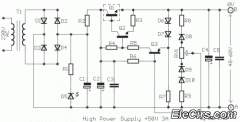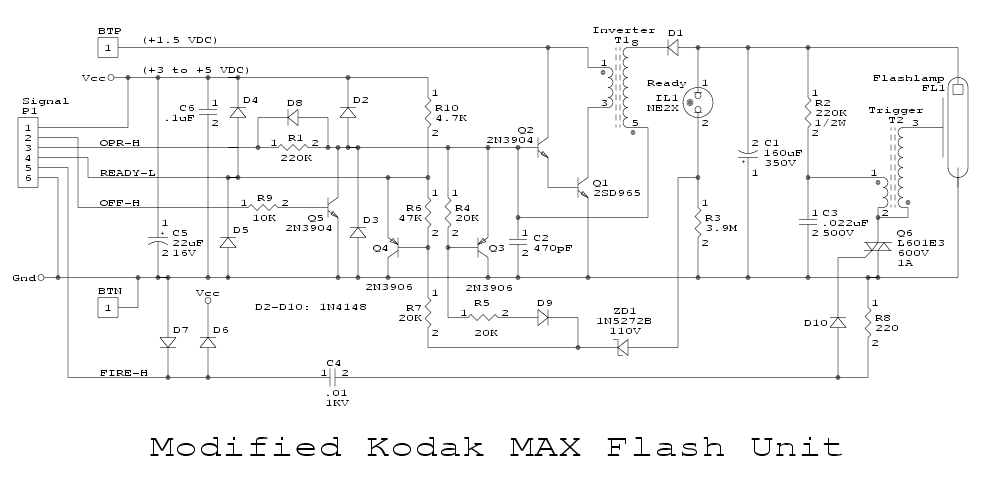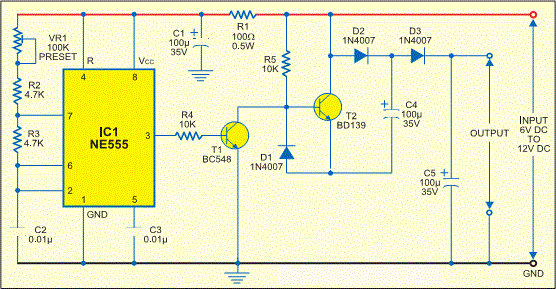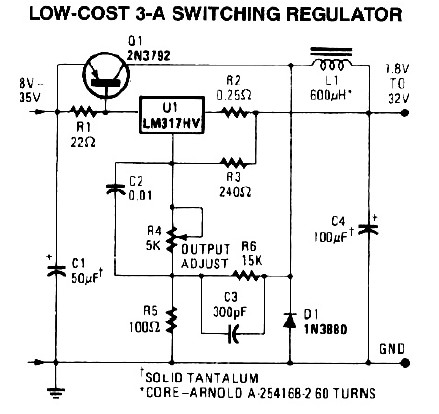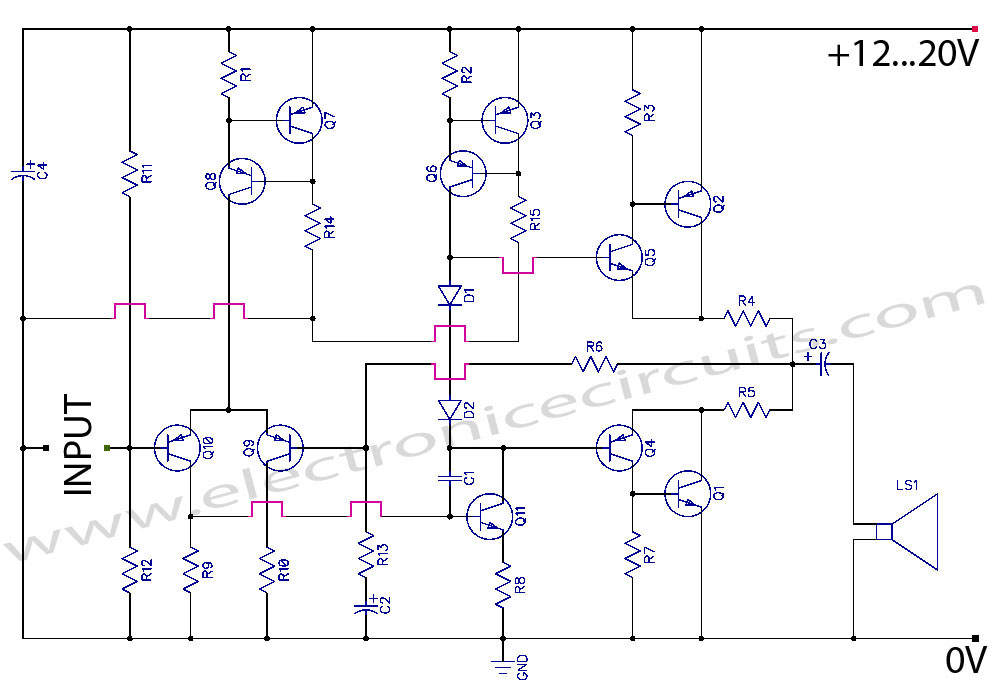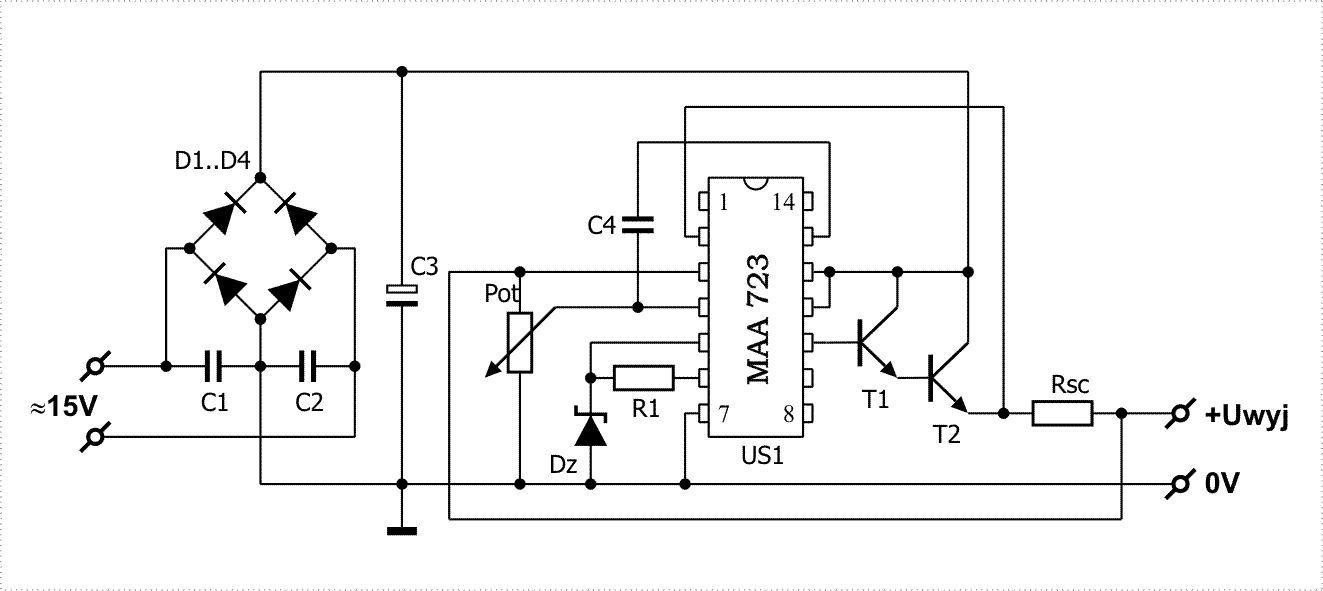
sepic converters solve automotive power
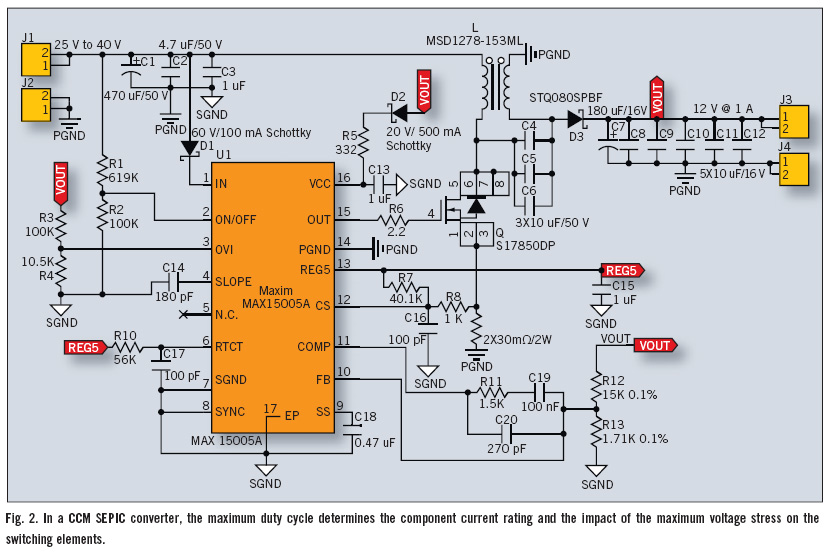
The Single-Ended Primary Inductance Converter (SEPIC) topology is an effective solution for automotive power systems that necessitate an output voltage that falls between the low and high values of the input voltage. The SEPIC topology is suitable for this application due to its ability to adjust the duty cycle around 50%, allowing it to generate an output voltage that can be either lower or higher than the input voltage. Moreover, when compared to flyback converters, SEPIC...
The Single-Ended Primary Inductance Converter (SEPIC) is a type of DC-DC converter that enables efficient voltage conversion while maintaining electrical isolation. It is particularly advantageous in automotive applications where the input voltage can vary significantly due to changes in battery state-of-charge or load conditions. The SEPIC topology utilizes two inductors, a switching element (typically a MOSFET), a diode, and a capacitor to regulate the output voltage.
In a SEPIC converter, the input voltage is applied to the primary inductor, and when the switch is closed, energy is stored in this inductor. The duty cycle of the switching operation determines the amount of energy transferred to the output. When the switch opens, the stored energy in the inductor is released through the diode, charging the output capacitor and supplying power to the load.
One of the key advantages of the SEPIC topology is its ability to step up or step down the input voltage, making it versatile for a range of applications. The output voltage can be controlled by varying the duty cycle, which can be adjusted to maintain a constant output despite fluctuations in the input voltage. This is particularly useful in automotive systems where the input voltage from the battery may vary widely.
Additionally, SEPIC converters exhibit lower output ripple compared to other topologies, such as buck or boost converters, due to the continuous conduction mode operation. This characteristic is crucial in automotive applications where stable voltage levels are required for sensitive electronic components.
Furthermore, the design of the SEPIC converter can be optimized for efficiency by selecting appropriate component values, such as the inductance, capacitance, and switching frequency. Careful consideration of these parameters can lead to reduced losses and improved thermal performance, enhancing the reliability of the converter in automotive environments.
In summary, the SEPIC topology is a robust solution for automotive power systems, providing flexibility in output voltage regulation and efficient energy conversion, making it a preferred choice for modern automotive electrical architectures.Single-ended primary inductance converter (SEPIC) topology is a good choice for automotive power systems that require an output voltage between the low and high values of the input voltage. SEPIC topology fits this application because its duty ratio can be varied around 50% to provide an output voltage that is either below or above the input voltage.
Additionally, compared to flyback converters, SEPIC.. 🔗 External reference
The Single-Ended Primary Inductance Converter (SEPIC) is a type of DC-DC converter that enables efficient voltage conversion while maintaining electrical isolation. It is particularly advantageous in automotive applications where the input voltage can vary significantly due to changes in battery state-of-charge or load conditions. The SEPIC topology utilizes two inductors, a switching element (typically a MOSFET), a diode, and a capacitor to regulate the output voltage.
In a SEPIC converter, the input voltage is applied to the primary inductor, and when the switch is closed, energy is stored in this inductor. The duty cycle of the switching operation determines the amount of energy transferred to the output. When the switch opens, the stored energy in the inductor is released through the diode, charging the output capacitor and supplying power to the load.
One of the key advantages of the SEPIC topology is its ability to step up or step down the input voltage, making it versatile for a range of applications. The output voltage can be controlled by varying the duty cycle, which can be adjusted to maintain a constant output despite fluctuations in the input voltage. This is particularly useful in automotive systems where the input voltage from the battery may vary widely.
Additionally, SEPIC converters exhibit lower output ripple compared to other topologies, such as buck or boost converters, due to the continuous conduction mode operation. This characteristic is crucial in automotive applications where stable voltage levels are required for sensitive electronic components.
Furthermore, the design of the SEPIC converter can be optimized for efficiency by selecting appropriate component values, such as the inductance, capacitance, and switching frequency. Careful consideration of these parameters can lead to reduced losses and improved thermal performance, enhancing the reliability of the converter in automotive environments.
In summary, the SEPIC topology is a robust solution for automotive power systems, providing flexibility in output voltage regulation and efficient energy conversion, making it a preferred choice for modern automotive electrical architectures.Single-ended primary inductance converter (SEPIC) topology is a good choice for automotive power systems that require an output voltage between the low and high values of the input voltage. SEPIC topology fits this application because its duty ratio can be varied around 50% to provide an output voltage that is either below or above the input voltage.
Additionally, compared to flyback converters, SEPIC.. 🔗 External reference
